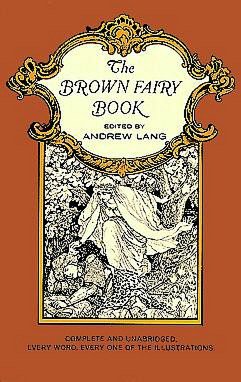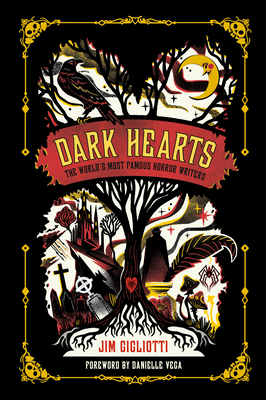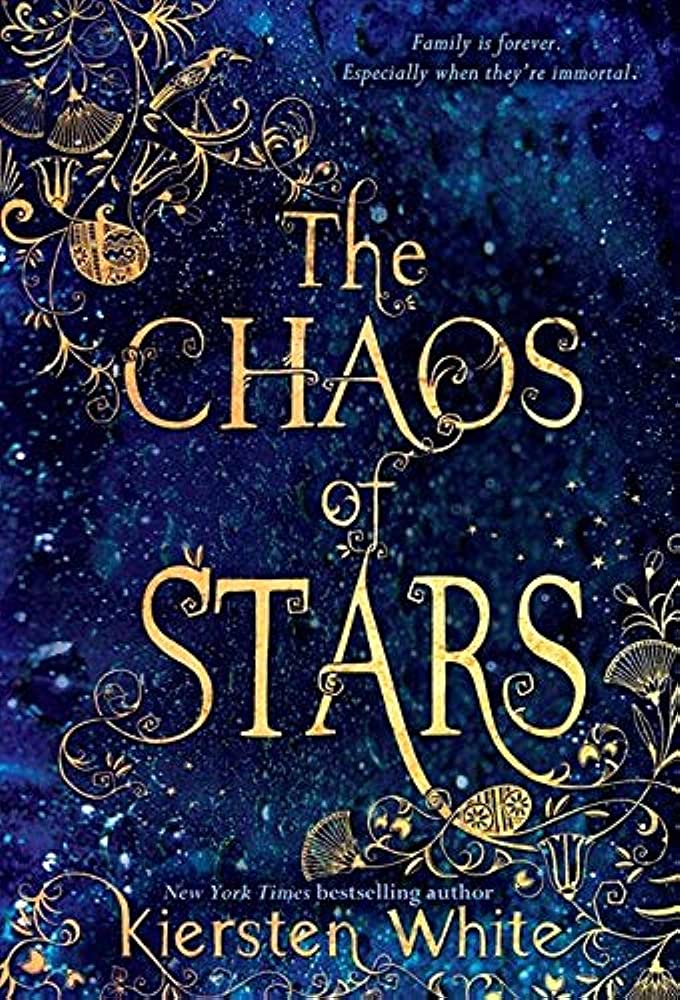This 1904 book, now available in a splendid facsimile edition from Dover Publications, is part of an essential collection of world folklore for English-speaking children of all ages. Gorgeously illustrated by Henry Ford (not to be confused with the automobile manufacturer) and translated or adapted by members of Langs family circle, the tales in this volume are often the only, to say nothing of the best, version available in our language. They bring together fairy tales and folk tales from a variety of cultures, ranging from Australian aboriginals to Native Americans, from Pacific islanders to Lapplanders of the Arctic regions, from deepest Africa and Brazil to the bracing climate of Iceland. There are tales here from ancient Egypt, Persia, and India, as well as France and Germany.
And what about the problems fairy tales raise in so many modern minds? It is now common to hear parents objecting to the wantonness, cruelty, and violence of many old favorites, not to mention their political incorrectness. I wont disguise from you that some of those criticisms hit their mark, even among the stories in this collection: from Islamic legends whose male chauvinism is matched only by their negative stereotype of negroes, to tales that seem to celebrate the treachery of thieves and pranksters such as The Wicked Wolverine…and of course, every feminist mothers nightmare: the helpless princess who relies on the handsome prince to save her.
In this edition, though, Lang and his creative team endeavored to smooth out some of the more jarring grotesqueries of their lore. And you may also be surprised to find ample specimens that take unexpectedly clear-sighted and forward-looking views, including at least one helpless prince who relies on a beautiful princess to save him! Here is a brief overview of what is in store in this treasure-trove…
What the Rose did to the Cypress is a long, complex, Arabian-Nights-styled romance from Persia (now known as Iran), and possibly an unfortunate choice for the beginning of this collection, since some readers may be turned off by its length, its strangeness, and the repellant behavior of Prince Almas who, for instance, pledges himself in marriage to four women in succession…and then marries him! But in a way, this is the perfect introduction to a collection in which many different cultures are represented. For all their differences, as Dr. Lang would have you know, people everywhere love a good tale! And this one isnt really so unfamiliar after all, when you boil it down to the classic story of the wicked princess whose suitors are all given a riddle to answer, on pain of death.
Ball-Carrier and the Bad One and How Ball-Carrier finished his Task are a pair of Native American legends about a resourceful young hero who plunders an ogre with the aid of a witch and the gifts of the good spirits. The Bunyip is a fable from the aboriginal culture of Australia, in which a whole village pays dearly when one young hunter steals a cub from a great, sea-lion-like monster. Father Grumbler is a humorous story about a foolish man who does not know how to make the best of the chances that are given him. The Tale of the Yara is, in sharp contrast, a passionately romantic Brazilian horror story about an evil spirit that lures bridegrooms to their death on the eve of their marriage.
In the Native American tales of The Cunning Hare and The Turtle and his Bride, one animal proves clever and the other foolish. How Geirald the Coward was Punished and Hábogi are two Icelandic yarns, the one about a brave servant who swears faithfully to let his cowardly master take credit for his deeds, the other about a Beauty-and-the-Beast sort of marriage that turns out to be more fortunate than it first seems. How the Little Brother set free his Big Brothers is another Native American story in which two young hunters are magically transformed into half-men, half-bears, as punishment for over-hunting. In the African tale The Sacred Milk of Koumongoé, a fathers excessively harsh punishment against his daughter rebounds on his own head.
The Wicked Wolverine is a wicked little Native American tale about an unrepentant prankster. Just as funny is the (presumably) French conte of The Husband of the Rats Daughter, which at least proves that rat is stronger than sun, cloud, wind, or wall. The Lapp story of The Mermaid and the Boy is he first of several tales (in this book) in which parents try in vain to save their child from an evil fate, only to find that true love (and a bit of native cleverness) does the trick. Pivi and Kabo, from the natives of the Pacific island of New Caledonia, tells the story of two birds who are transformed into mencarefully omitting offensive references to cannibalism that I believe were in the original version.
The Elf Maiden and Fortune and the Wood-Cutter are both tales from Lappland, one evoking the loneliness of a castaway, the other proclaiming the controversial doctrine that Fortune is so capricious, you can never count on her. Run after her, and she is sure to fly from you; stay still, and she is sure to come. The Turkish tale of The Enchanted Head is a deliciously bizarre story about one who definitely did not quit while he was a head. Also from Lappland comes The Sister of the Sun, in which a peasant boy accomplishes several magical tasks on his way to claiming a princesss hand in marriage. And the old Egyptian story of The Prince and the Three Fates shows us a husband who says, My wife has been stronger than my fate.
You can guess for yourself where The Fox and the Lapp hails from, and it is yet another tale about a rascal who lives by his wits. From Iceland comes Kisa the Cat, starring a cat who drives a horse-drawn carriage and does good deeds. The Lion and the Cat, on the other hand, is a Native American legend with a very perplexing ending. From Iceland again come Which was the Foolishest? and Asmund and Signy, the one a tall tale about two wives who vie with each other to prove her husband the daftest, and the other a cautionary tale about the daftness of falling in love with a woman by word of mouth (for example, you may mistake an evil witch giantess for her and get engaged to the wrong woman).
The German tale of Rübezahl is a sweetly sad story of a gnome king who ardently woos a princess who loves another. From India come the Story of the King who would be Stronger than Fate, about a man who tries to thwart a prophecy that his royal daughter will marry a slaves son, and the Story of Wali Dâd the Simple-Hearted, about the amazing chain of events set in motion by one poor mans desire to fan the flames of virtue. Tale of a Tortoise and of a Mischievous Monkey is another witty animal story in which the less clever animal always pays with its life. And finally, from a Spanish source we have The Knights of the Fish, concerning the adventures of identical twins who set off in search of adventure.
I say this is an overwhelming richness and variety of household tales, operating in a wide range of styles and effects, quite apart from the great variety of cultural backgrounds they represent. From giggle-inducing nonsense to spine-tingling suspense, it hits every point along the way including breathless romance, philosophical puzzlement, moral instruction, and amazing adventure. Also, there is lots and lots of magic in this booksome good, some badand even some very unusual wand-work (see Rübezahl). Let this book remind you of why fairy tales and folk tales have endured since as far back as oral tradition can recall. Let it show you that the fairy tale, ideological warts and all, is part of the tradition of being human, regardless of your culture.




